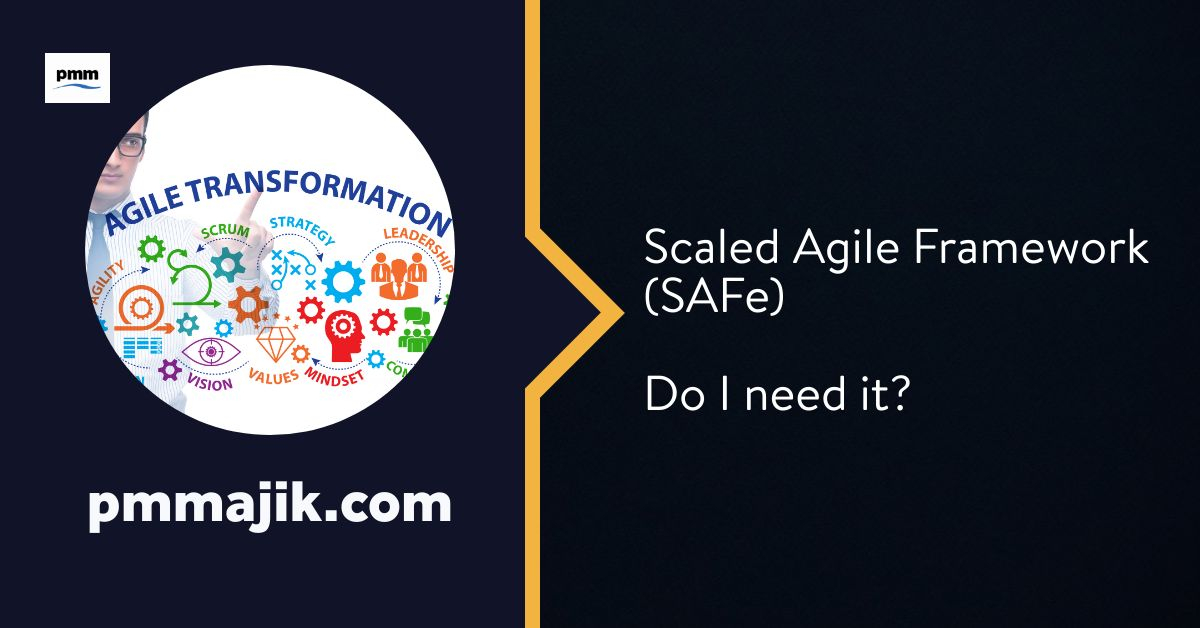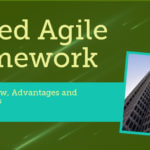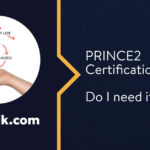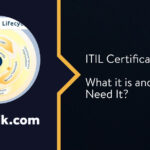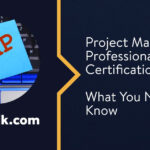Deciding to invest your time and money into professional development is a worthwhile cause. Working in a project management office (PMO) in the software sector, you may start to ask yourself, “Do I need to take the SAFe certification?”
Unlike some of the other certifications we’ve already looked at, like those from PMI or the PRINCE2 framework, SAFe is specifically for the software industry. To get a better understanding of the certificate, we’re going to look at:
- Where the SAFe certification comes from
- What you need to get started
- The skills and knowledge you’ll learn from SAFe
- The good and bad about taking the training course
Who certifies SAFe certifications?
SAFe, or Scaled Agile Framework, comes from Scaled Agile, Inc., a company formed by some project management specialists. It advocates a framework for bringing Agile practices into software projects and has been adopted by 20,000 workplaces around the world.
The certifications offered allow you to work your way through different stages, with specific skills in software such as DevOps and software architecture.
Here, we’re going to look at two certifications that will be relevant to you working in a PMO:
- Certified SAFe Agile Product Manager
- Certified SAFe Lean Portfolio Manager
Whilst there are many more to choose from, such as Scrum Master and Government Practitioner, these two are broad enough to help improve your general employment prospects and detailed enough to have a direct impact on your PMO work.
What are the requirements for SAFe certifications?
To take a SAFe certification, first you need to take a training course from a provider. This is important to give you a background in the framework and teach you the skills and knowledge you need.
In terms of experience, to take the Product Manager course, you need a background in product management and experience bringing products to market. For Portfolio Management, you also need to have prior experience working in a SAFe environment.
For the Product Manager course, you can expect to pay roughly US$700, depending on your course provider. To take the Portfolio Manager course, the cost is around US$1,500.
One sitting of the exam should be included in your course, and any retakes of the online, multiple-choice exam cost $50 each.
Your certification is valid for one year and will need to be renewed annually on the Scaled Agile website. The Product Manager renewal fee is US$100, and the Portfolio Manager fee is US$295.
What will I learn from the SAFe certification?
With all the certifications offered from Scaled Agile, you will learn the skills, knowledge, and mindset to work within the framework.
- In the Product Manager course, you’ll learn how to develop and execute projects using SAFe and how to plan projects from design to delivery.
- For the Portfolio Manager certification, you’ll understand how to link your strategy to the wider business needs, how to apply project governance, and measure overall performance.
What are the pros and cons of the SAFe certifications?
Pros of SAFe certifications
- You become part of a wide network of SAFe-certified project and software professionals
- Many jobs in the software industry have SAFe certification as one of their requirements
- There are over 20,000 workplaces using the framework so you have lots of opportunities
- It’s a globally recognised framework and certification
Cons of SAFe certifications
- Options are narrowed to businesses that use SAFe – it’s popular but by no means ubiquitous
- It’s only relevant to software companies, limiting the companies that you could work for
- There is a lot of jargon and framework-specific terminology that can be tough to learn
The take-home
If you’re working in a PMO that already uses SAFe, then the answer to “Do I need a SAFe certification?” is likely yes. If your employer hasn’t requested you get certified, you should still take it to them and see if your fees could be covered.
Generally, if your current work doesn’t use SAFe, you need to research your sector. SAFe is common in large corporations so research if your target employers use it in their projects. If you enjoy working in start-ups and smaller businesses, you may want to get a more general certification.
For more information on the background to SAFe and the advantages and disadvantages, please visit the post on Scaled Agile Framework.
